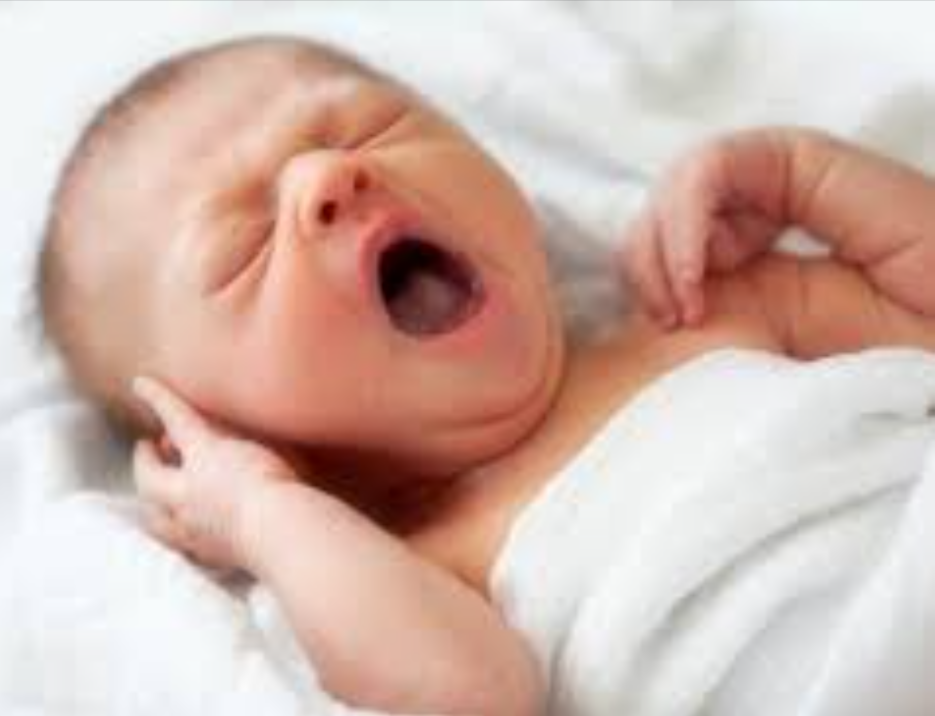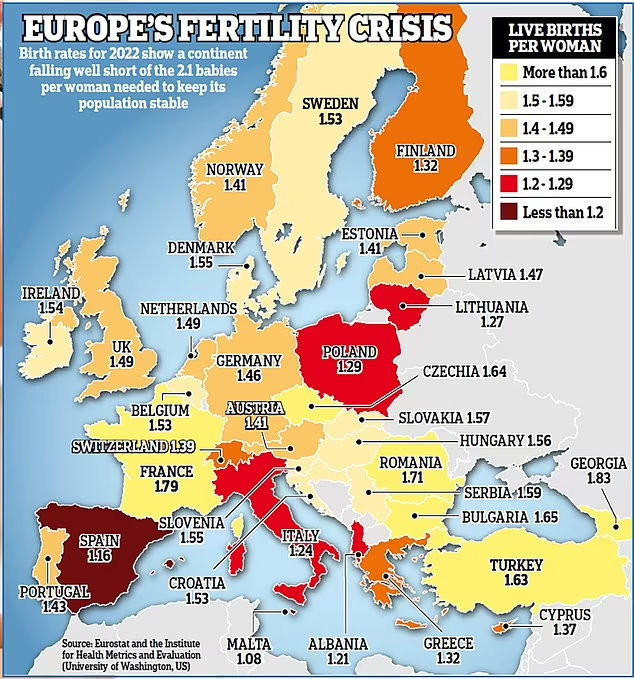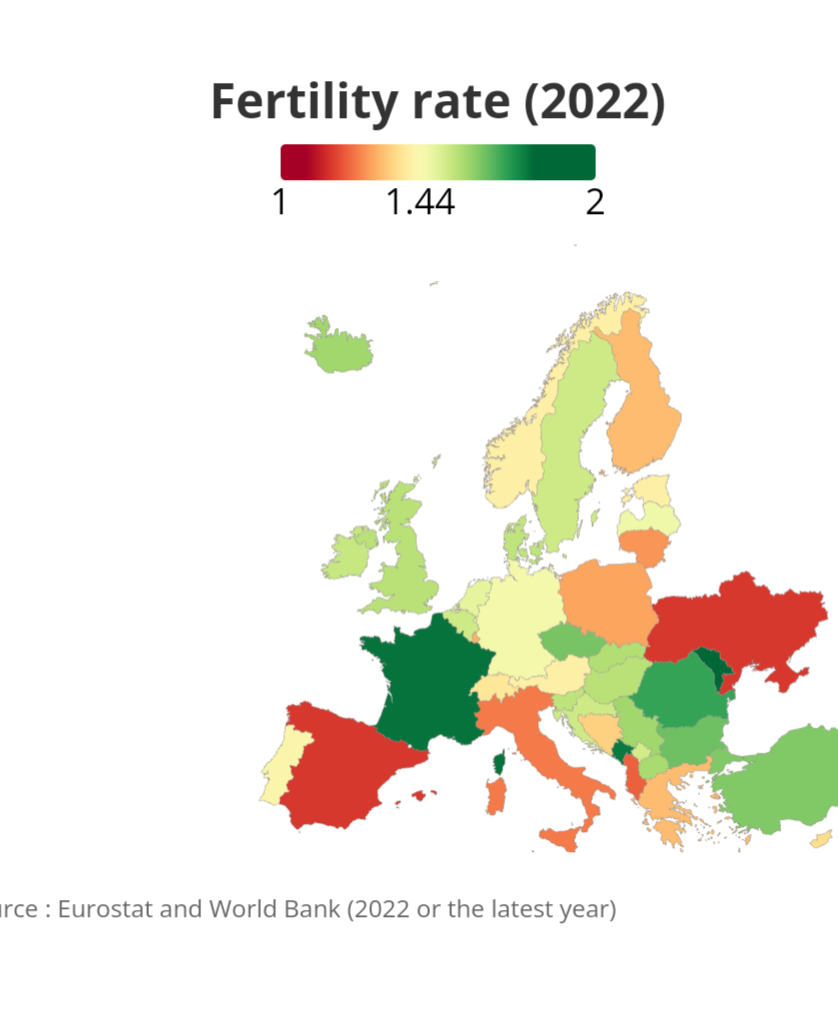
Euronnews.com – In 2022, the number of live births in the European Union reached its lowest level since 1960, according to the latest available data.
That year, only 3.88 million babies were born in the EU, marking the first time the figure fell below 4 million.
The fertility rate also declined, nearing levels last seen two decades ago. The EU had one of the lowest fertility rates in the world, defined as the number of live births per woman.

There has been a downward trend since 1960 in the number of children born in the EU. The lowest number was recorded in 2022 at 3.88 million.
In 1990, 5.1 million babies were born in the EU, marking the last year that births exceeded 5 million.
In 2022, the fertility rate, which reflects the number of live births per woman, significantly varied in the EU, ranging from 1.79 in France to 1.08 in Malta according to Eurostat, the statistical office of the EU.
The average for the EU as a whole was 1.46. Including the broader European Free Trade Association (EFTA), the UK, and EU candidate countries, Georgia (1.83) and Moldova (1.81) reported higher rates than France.
While the highest fertility rate is observed in France, a Mediterranean country, other Mediterranean nations like Malta (1.08), Spain (1.16), Italy (1.24), Greece (1.32), and Cyprus (1.37) have notably lower rates.

Slightly higher fertility rates were recorded in countries like Romania (1.71), Turkey (1.63), the UK (1.56), Germany (1.46), and Finland (1.32).
It was 2.35 in 1970, its highest recorded level recorded before slumping to its lowest level in the late 1990s, bottoming out at 1.4 in 1998, according to World Bank data.It then began to rise gradually, reaching a recent peak of 1.57 in 2016.




